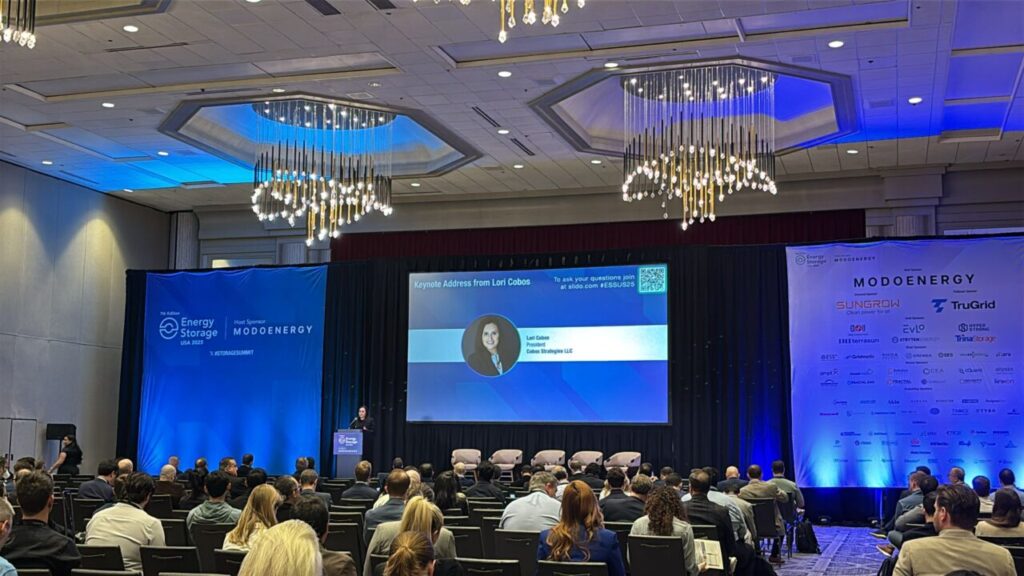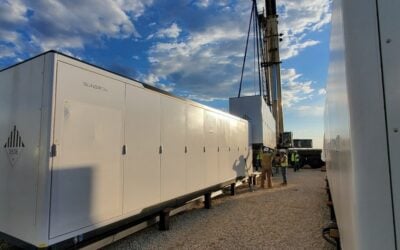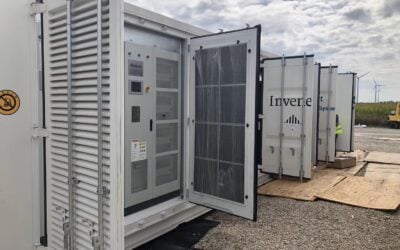
Battery storage will help ERCOT manage a doubling of peak demand in Texas in the next five years, said the keynote speaker on Day One of the Energy Storage Summit USA 2025 which kicked off today in Dallas (26 March).
Speaking to Energy-Storage.news as the two-day event kicked off, Lori Cobos, a 20-year veteran of the Texas power market, discussed the year ahead for the US energy storage market—starting with a note of caution.
Enjoy 12 months of exclusive analysis
- Regular insight and analysis of the industry’s biggest developments
- In-depth interviews with the industry’s leading figures
- Annual digital subscription to the PV Tech Power journal
- Discounts on Solar Media’s portfolio of events, in-person and virtual
Or continue reading this article for free
“While there is rising electricity demand across the country that could incentivise additional battery storage investment this year, there is increasing uncertainty in the US battery storage market due to new and increased federal tariffs, the potential reduction or repeal of federal incentives, and growing local and state opposition resulting from recent fires at battery storage facilities that could impact the economics and project financing of battery storage facilities,” Cobos said.
Battery energy storage system (BESS) technology can help provide both front-of-the-meter (FTM) and behind-the-meter (BTM) solutions to help states manage load growth, she said. In Texas, where ERCOT manages most of the grid, electricity demand will increase to 150GW by 2030, nearly double the current figure.
“This increase in electricity demand is primarily being driven by the expansion and electrification of the state’s industrial, manufacturing, oil and gas, and high-tech industries and AI data center development,” Cobos added.
“Given this rising electricity demand and the large amount of renewable generation, like solar, on the ERCOT system, battery storage could continue to play a critical role in providing behind-the-meter power solutions for the state’s industrial, manufacturing, oil and gas, high-tech, and AI data center consumers and providing front-of-the-meter dispatchable power generation to help maintain operational reliability during increasingly steeper solar ramp down periods on a year-round basis.”
“Other US electricity markets, like SPP and MISO, are also forecasting significant increases in electricity demand by 2030 which, with clear market signals and appropriate valuation of battery storage through accreditation, could help make the case for additional battery storage investment in those markets.”
While currently heading up her own consultancy and acting president of the Southeastern Association of Regulatory Utility Commissioners (SEARUC), Cobos has held senior and commissioner positions at numerous electricity market bodies.
These include the Public Utility Commission of Texas (PUCT), Office of Public Utility Counsel (OPUC) of Texas, the Regional State Committee of the Southwest Power Pool, the Executive Committee of the Organization of MISO States, the Entergy Regional States Committee and was also an ex officio member on the ERCOT Board of Directors.
The uncertainty around tariffs and potential repeal of the Inflation Reduction Act’s clean energy incentives was also discussed by other Energy Storage Summit USA speakers with Energy-Storaage.news in the lead-up to the event, including from optimiser Tyba Energy, developer Luminous Energy, owner-operator Zenobē and Clean Energy Associates (Premium access piece).






